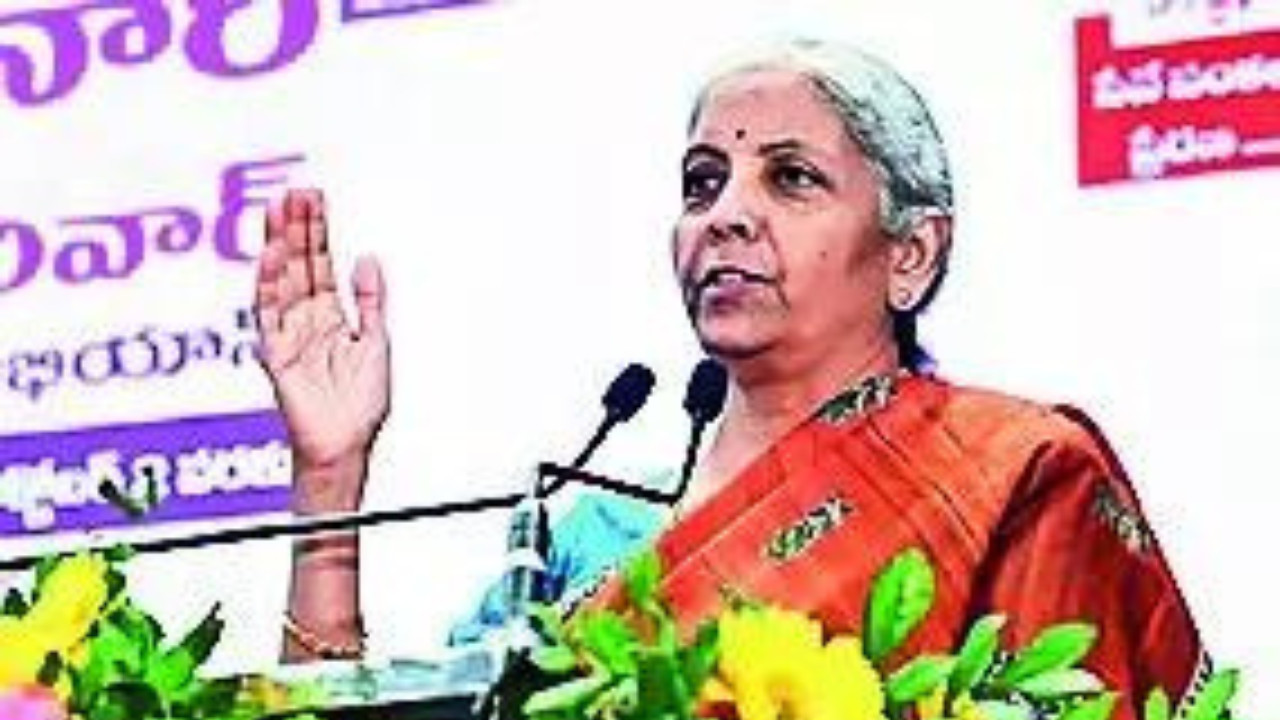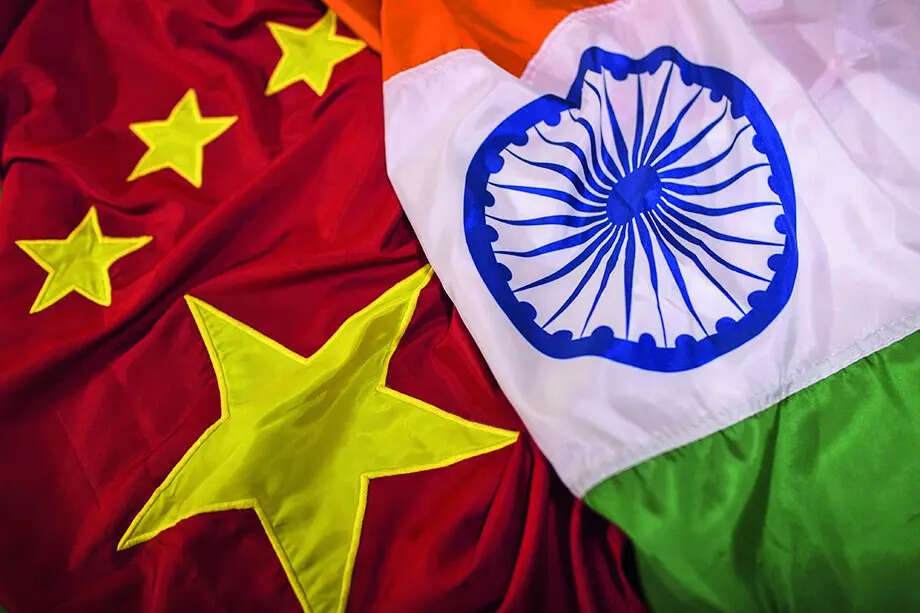‘Cos Coming Forward To Announce Price Cuts, Pass On Benefits’
Pocketbooks Rejoice: How Recent GST Cuts Could Supercharge the Indian Economy
The air crackles with anticipation. It’s not just the monsoon season bringing a welcome change; India’s economic climate is shifting too, potentially for the better. Recent Goods and Services Tax (GST) revisions are poised to inject a hefty ₹2 lakh crore directly into the economy, a move that could ripple outwards, benefiting everyone from the middle class to small business owners. But how exactly will this work, and what does it mean for your wallet?
Finance Minister Nirmala Sitharaman painted a hopeful picture recently, emphasizing that these GST cuts aren’t just about tinkering with tax rates. They represent a fundamental shift aimed at easing the financial burden on ordinary citizens and invigorating key sectors. Imagine the collective sigh of relief as prices on everyday goods and services begin to reflect the lower tax burden. This isn’t just about saving a few rupees here and there; it’s about freeing up disposable income, empowering consumers to spend more, and ultimately fueling economic growth.
One of the most compelling aspects of these changes is the anticipated impact on the middle class. For years, this demographic has borne a significant portion of the tax burden. Now, with reduced GST on a range of products, from household appliances to entertainment, that extra cash can be channeled into savings, investments, or simply enjoying life a little more. Think family vacations, home improvements, or even just a more comfortable monthly budget. These incremental improvements, multiplied across millions of households, add up to a powerful economic force.
The benefits aren’t confined to individual consumers, though. Small and medium-sized enterprises (SMEs), the backbone of the Indian economy, stand to gain considerably. Lower GST rates on raw materials and inputs can reduce their production costs, making them more competitive in both domestic and international markets. This can lead to increased sales, higher profits, and ultimately, job creation – a virtuous cycle of economic prosperity.
Consider the textile industry, for example. Reduced GST cuts on fabrics and related materials could breathe new life into this sector, empowering local artisans and manufacturers to flourish. Similarly, the hospitality industry, still recovering from the pandemic’s impact, could see a much-needed boost as dining out and travel become more affordable.
But the question remains: how can we ensure these benefits reach everyone? Effective implementation is crucial. The government needs to streamline the GST process, making it easier for businesses to comply and ensuring that the tax reductions are passed on to consumers. This requires robust monitoring and enforcement mechanisms to prevent businesses from pocketing the difference.
Furthermore, consumer awareness is key. The public needs to be informed about the specific GST cuts and how they translate into lower prices. This can be achieved through targeted advertising campaigns and educational initiatives that empower consumers to make informed purchasing decisions. Transparency is paramount.
Looking ahead, these GST changes represent a significant opportunity to reshape India’s economic landscape. By putting more money in the hands of consumers and businesses, the government is betting on a surge in demand that will stimulate growth and create jobs. It’s a bold move with the potential to deliver substantial benefits, but its success hinges on effective implementation, proactive communication, and a collective commitment to ensuring that everyone shares in the rewards. This aligns with previous efforts to boost the economy, such as the production-linked incentive (PLI) scheme, which incentivizes domestic manufacturing.
The journey towards a more prosperous India is a continuous one, and these recent GST cuts could be a significant step in the right direction. By carefully navigating the complexities of tax reform and prioritizing the needs of both consumers and businesses, India can unlock its full economic potential and create a brighter future for all.








